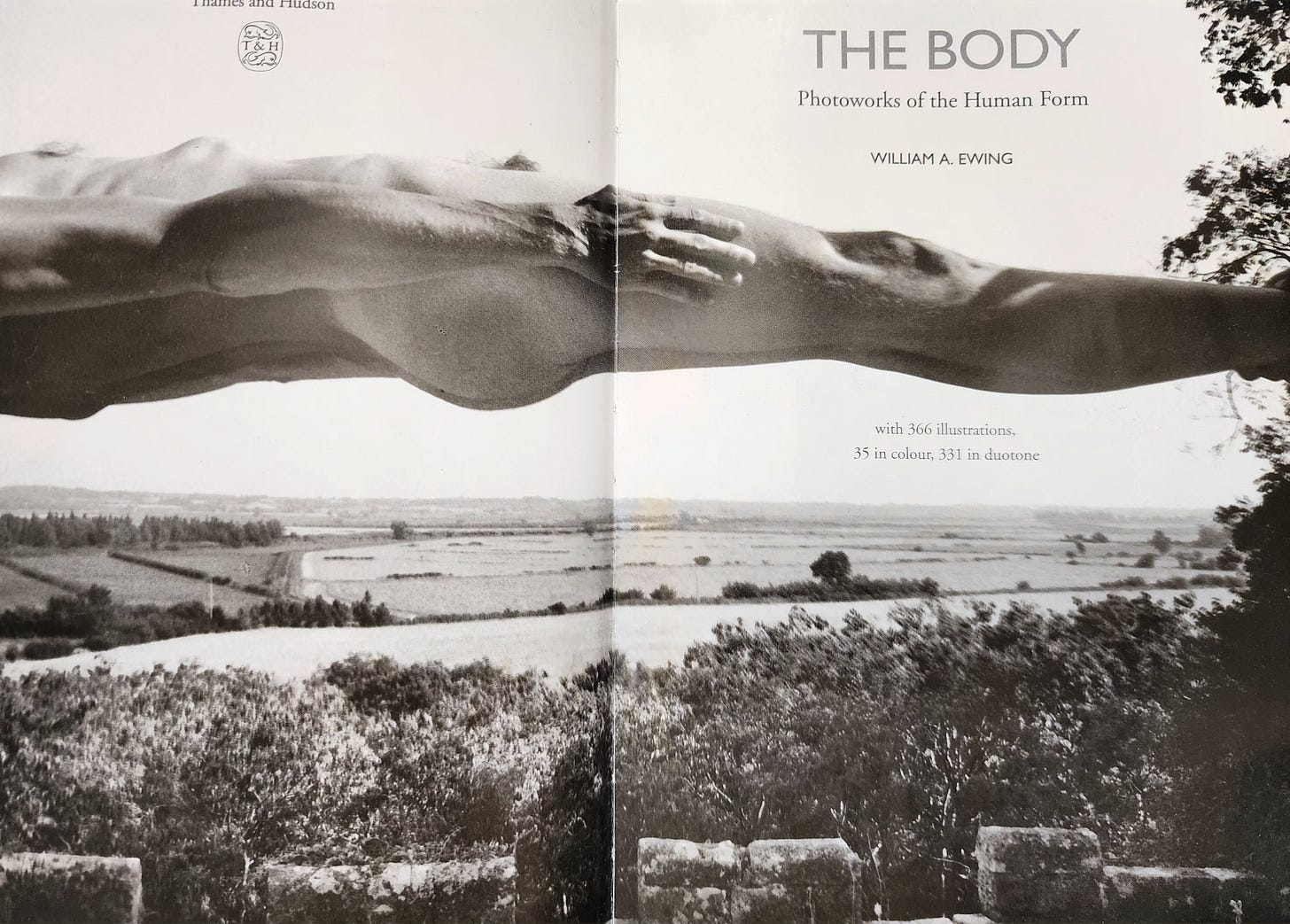Why is it that almost every boudoir photographer describes it as “the perfect gift for your partner”?
Why can’t we celebrate our body and sensuality for ourselves? It does not belong to anyone else.
I’ll tell you why: it is documented in photographic history, among the many other accounts of female objectification.
One of my favorite art books, ‘The Body: Photoworks of the Human Form’ by William A. Ewing, takes you through history of nude photography. In the early years of photography, anthropology was making a big stir in the scientific field.
Since photography could capture absolute truth, it naturally took on the role of pure documentation for scientific data. Scientists took this opportunity to use photography as a racist and classist means to show society how indigenous cultures were less evolved and doomed to extinction.
Photography went on to document disease, criminals, families, and even post-mortem portraits (these are fascinating and bizarre).
Photography as Art
Some of the first artistic nudes were of women (of course) posed perfectly on couches with decorative scenes, created by and for the gaze of men.
This caused anxiety among female models because a photographic print could more easily be reproduced and resurface as erotica. Sound familiar?
For a long time, photography was not considered a fine art. Toward the end of the 19th century, photographers began to argue for its legitimacy as an art and rejected the original essence of photography as a clear and literal documentation.
Instead, artists began to lean into effects that could be confused for drawings or paintings.
“Ignoring standard conventions—of both painting and pictorial photography—Stieglitz used his camera to explore lovingly every nuance of [Georgia] O’Keefe’s body. Taking his cue from Picasso’s and Kandinsky’s theories of painting, he understood that photography was not merely an objective record of a physical reality but a mirror, or equivalent, of the imagemaker’s own emotional state.”
I’m Not a Boudoir Photographer
I’ve chosen the title, Embodiment Photographer, although this can feel incredibly limiting at times. My egoic imposter syndrome aside, this feels the most accurate. Although my work is focused on women claiming their sensuality and sexuality, I do not consider myself a boudoir photographer.
Boudoir photography often adheres to the typical male gaze—women all dolled up in lingerie, giving seductive eyes in a bed. Of course, this is a beautiful version of sexy.
But that’s just it. It’s one version. The way we experience being sensual and sexual is different for everyone.
Does it look like frolicking in the woods like an effervescent fairy?
Does it look like a dark Goddess emerging from the deepest depths of the ocean?
Does it look like blowing bubbles in a sparkly jumpsuit and vibrant makeup?
Does it look like lounging in a t-shirt, smoking a joint, and sipping your morning brew?
There’s so many possibilities! Embodiment photography invites women to reclaim connection and trust in their bodies. Embodiment is a state in which the mind is listening to the body. It is when the mind and body are in union.
You body communicates subconscious and unconscious thoughts, emotions, and experiences. Your body holds wisdom that your conscious mind does not know.
Read that again.
My life’s work is blending embodiment with art and photography to provide transformational experiences that invite you to reclaim agency and connection to your body—your home and temple.








